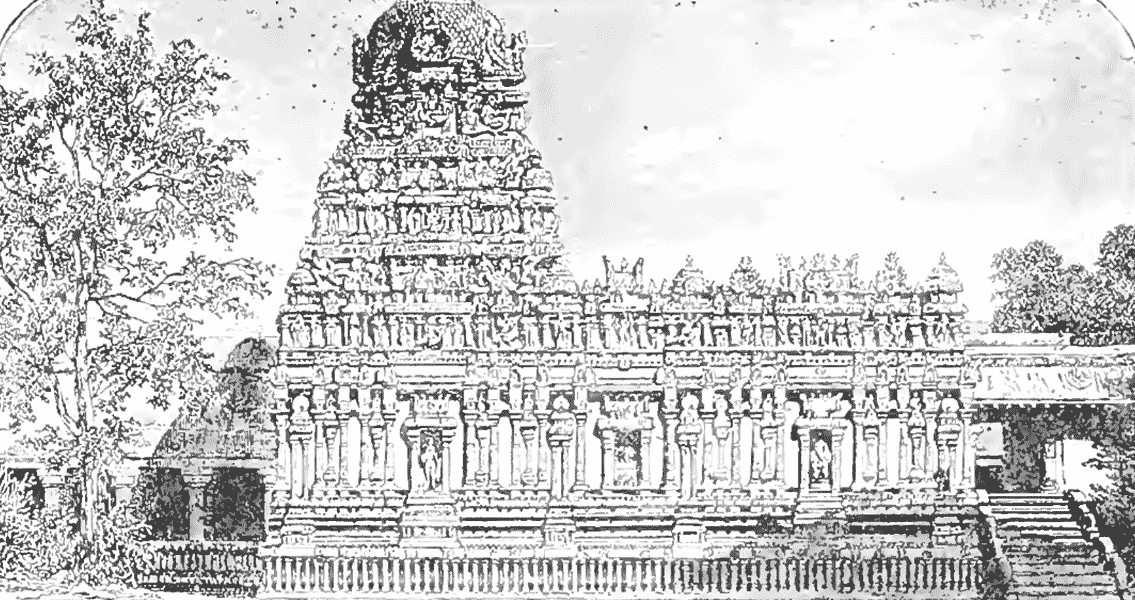<![CDATA[The Virupaksha Temple in Pattadakal is one of the most recognisable landmarks in Indian architecture. The structure resmbles a giant layer cake made from an array of complicated hand carved friezes, and decorated with a variety of Hindu deities and symbols. For 1,300 years the temple has been both a source of inspiration and confusion for academics and tourists alike. Now, however, an associate professor from the University of Alabama in Birmingham has started to decode the mysteries of this ancient site. Cathleen Cummings has shown that the images on the side of the temple are far more than just random decorations. She argues that rather than being designed and placed purely to accent the architecture, they actually tell a story of their own. She told Science Daily, "It seemed to me right away that there were certain, very conscious choices being made as to where deities and specific forms of deities were placed." One example she highlights is a series of images that depict the benefits of believing in a diety. The group of images form a sequence, from the process of initially showing faith in a god, to ultimately winning salvation. Interpretations like this of Indian art are comparatively unusual, but it shouldn't seem surprising. Historians and archaeologists have long analysed the religious imagery and iconography on churches and temples around the world, and the idea of 'iconographic' programs in Christian art has long been accepted - so why wouldn't it also be present in Hindu artefacts? Cummings' work has revealed that the temple can become a vital historic document. Little is known about the Early Chalukya dynasty, other than that it was one of the first to build large stone temples such as the Virupaksha. By studying the images displayed on the temple however, Cummings has learnt about the surprisingly important role women played in the dynasty. Construction was led by Queen Lokamahadevivi, a wife of King Vikramaditya II. The temple was built around 733 CE, as a tribute to the Hindu god Shiva, and to celebrate the King's victory over his rival dynasties in the South. The fact that the Queen was given control over the vast resources needed to build a temple contradicts many assumptions commonly held about this period of Indian history. Cummings' analysis of the temple is a prime example of the benefits of dedication to field work and rigorous analysis. The builders of the temple left very little evidence for her to study, so she had to take on the role of a detective. Over the course of eleven years and multiple visits to India, she studied Sanskrit inscriptions around the site, documentation from other Indian dynasties that made reference to the Chalukya, and the customs of other holy sites in India. As well as discovering a great deal about the Chalukya Dynasty, the processes behind Cummings' studies highlight the potential of field work that goes beyond just analysing an artefact in isolation. She hopes that a new funding campaign from the University of Alabama will allow her to lead similar comprehensive research trips for her students. Cummings findings were recently published in her book: 'Decoding a Hindu Temple: Royalty and Religion in the Iconographic Program of the Virupaksha Temple, Pattadakal (South Asian Studies Association: 2014)']]>
Historian Cracks Code of Ancient Temple
